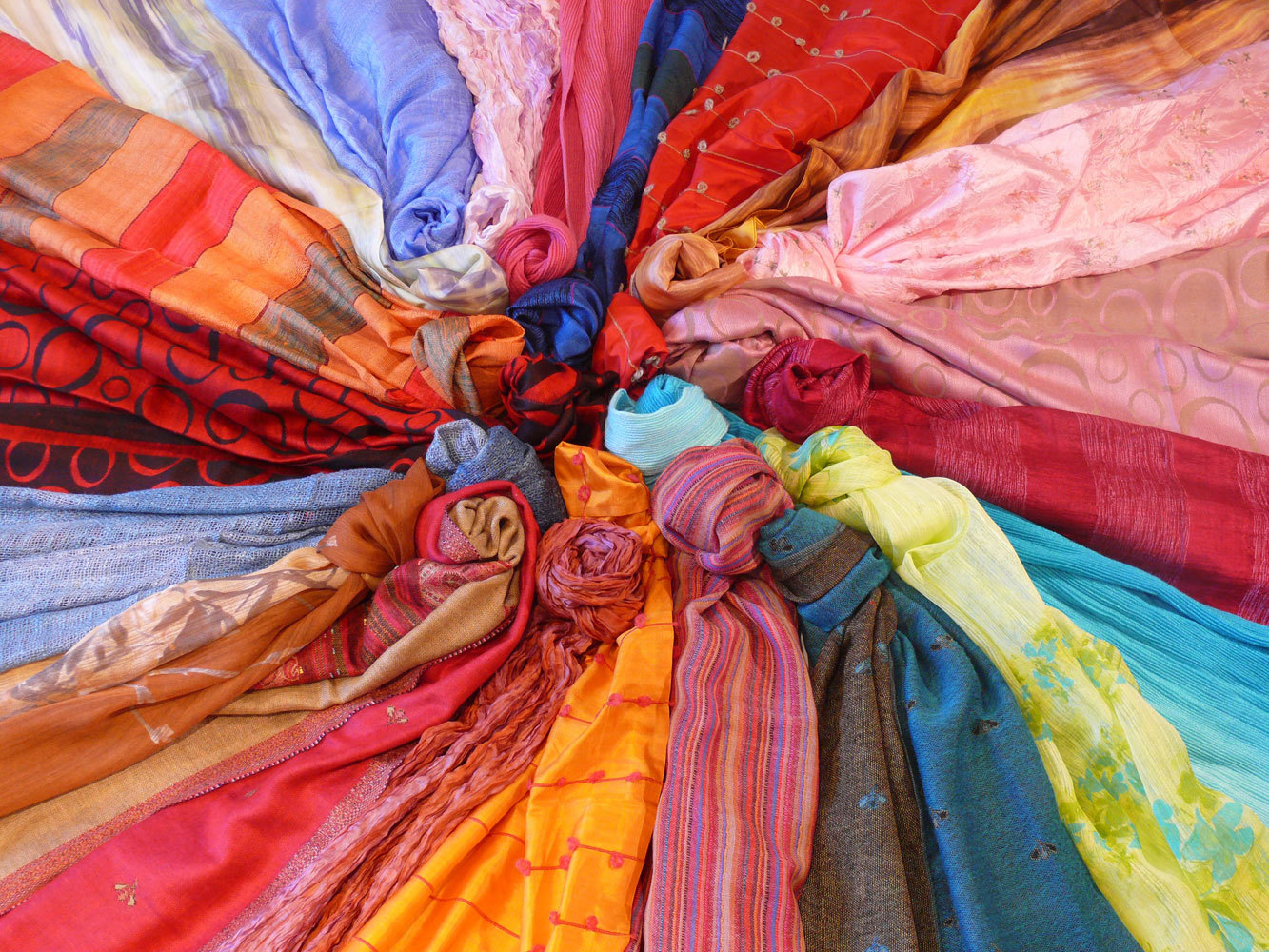There is no doubt that the traditional silk product in Van Phuc village has become a world-famous national brand. Vietnamese silk went into poetry, music as a unique cultural symbol of Vietnam. Van Phuc silk village enchants visitors with distinctive embroidery lines and decorative patterns.

For many years, local people always invent new weaving techniques to create premium silk products. It makes Van Phuc silk village become one of the most visited Vietnamese traditional villages. Finding a peaceful getaway escape from your chaotic life and learning about the typical Vietnamese village life, Van Phuc village is the best place to go.
1. The history of Hanoi Van Phuc Silk Village
Between 1931 and 1932, Van Phuc gained popularity during an international silk exhibition at the Marseille Fair thanks to its smooth and lightweight silk products. Van Phuc Silk Village is regarded as the cradle of the Vietnamese silk-making industry for over two thousand years. Experiencing the ups and downs of long-lasting history, Van Phuc silk has been asserting increasingly their foothold in both domestic and international markets.

Legend said that Ms. La Thi Nuong lived in Cao Bang province who was a famous person with skillful weaving. She shared her Chinese weaving silk secrets with local people living in the village. She was worshipped as a tutelary deity after she passed away. There are nearly 90 percent of local households which join in silk production with over 1000 textile machinery. Every year, this village creates more than two million meters of silk for the Vietnamese silk-making industry.
2. The characteristics of Van Phuc Silk
For previous centuries, silk has been regarded as an extremely precious commodity representing the aristocracy, the richest, most powerful people. Nowadays, this village has become more crowded with colorful shops stretching out along the street.

This village’s silk is notable across the world because of its natural materials, smooth, various colors, and reputation for durability. Additionally, the decorative patterns are always symmetric, decorative lines are not frizzy that can reach the perfect. To meet the changes and tastes of customers, local people are developing their silk and garment repertoire such as embroidered silks, wrinkled silks, diverse colors, hues as well as updating new techniques in dying and thermo-processing the threads.
3. Experience your half-day tour in Van Phuc Village
Van Phuc Village is suitable for a short trip of your day. It takes about three hours to stroll through the various stalls and stores. Upon arrival, you have an opportunity to explore the working steps to create the premium silks from planting mulberry trees to the processing of silk thread taken from boiled cocoons. Local people will show you how to spin, glue to weave silks and finish the silk wares.

Established over 100 years ago, this peaceful village still preserves its typical features of Vietnamese countryside such as massive banyan trees, wells, communal houses, and traditional fabric looms. Stepping into the ancient Vietnamese village, you feel like being back in time and escaping from the rush of daily life.
